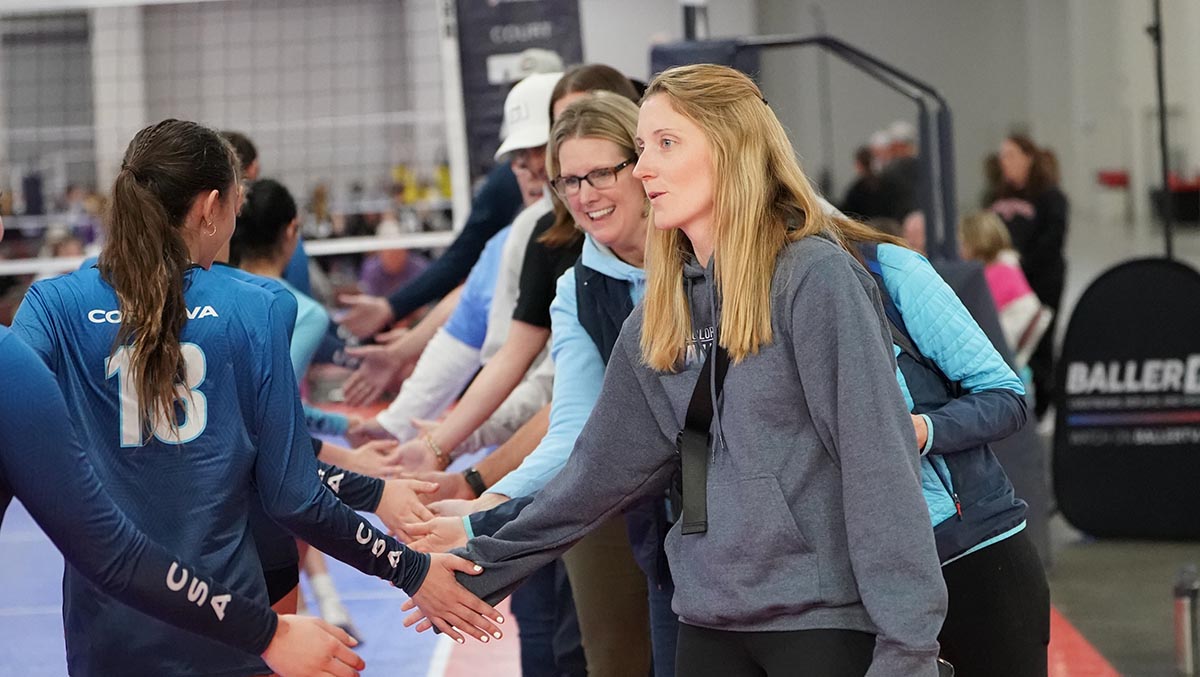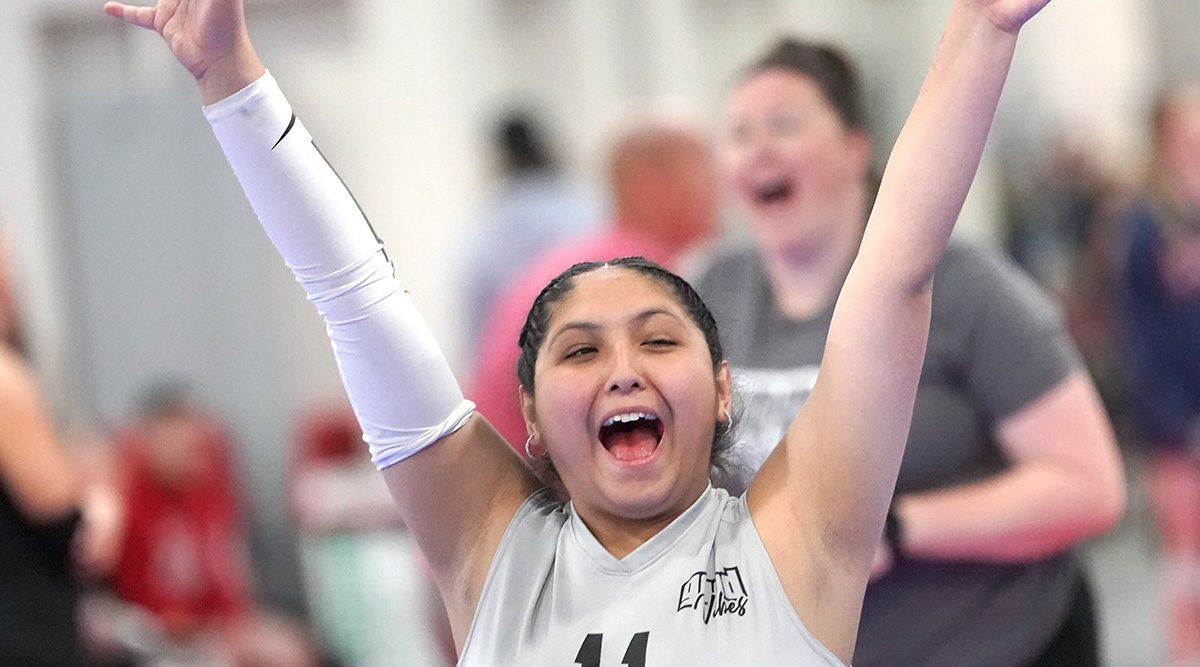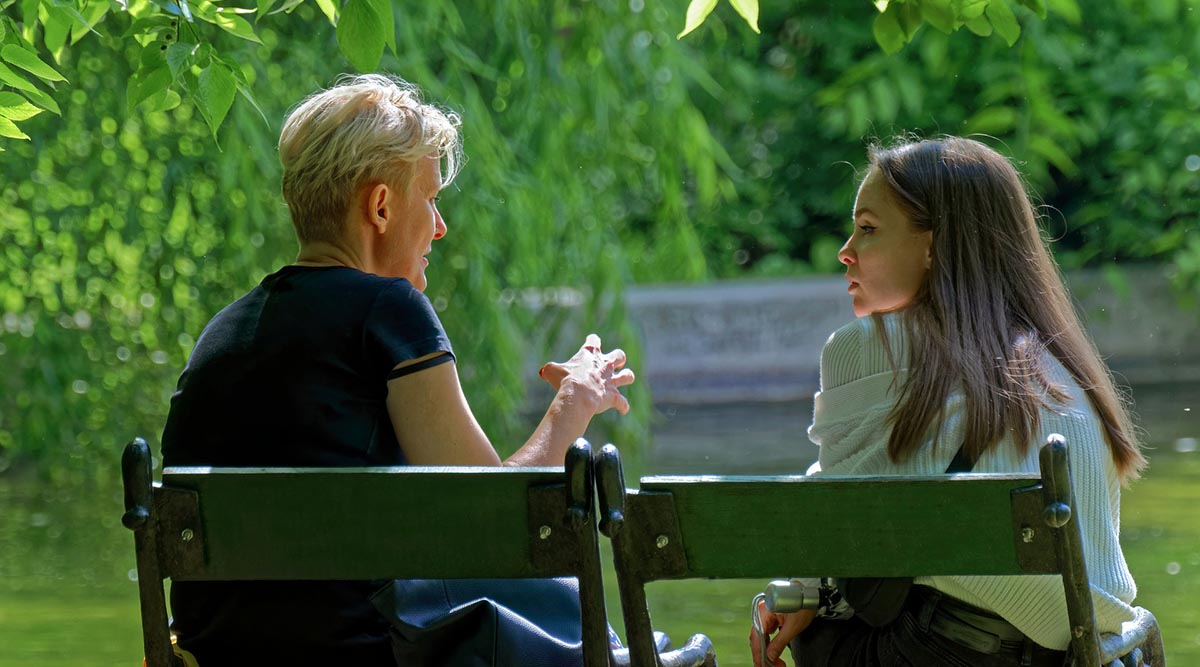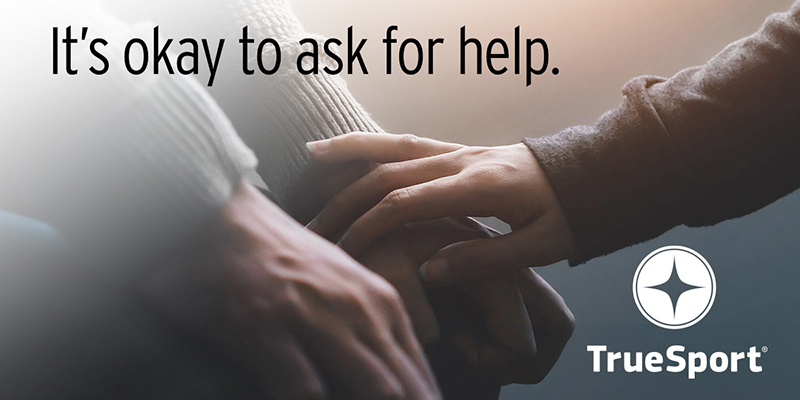
How to Help Your Athlete After a Bad Game
If your athlete has a bad competition, game or practice, it can lead to a tense car ride home. Often, caregivers are well-meaning in their efforts to soothe grumpy athletes with advice and reassurances. Unfortunately, we often end up creating a more stressful, angst-filled situation in our attempts to help our athletes.




